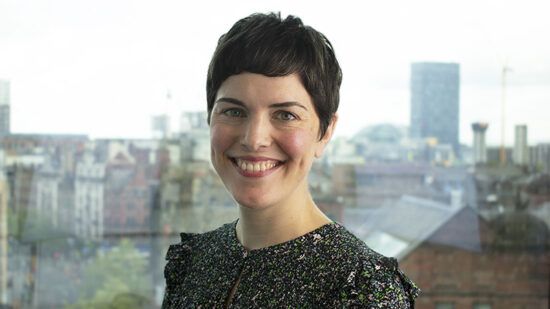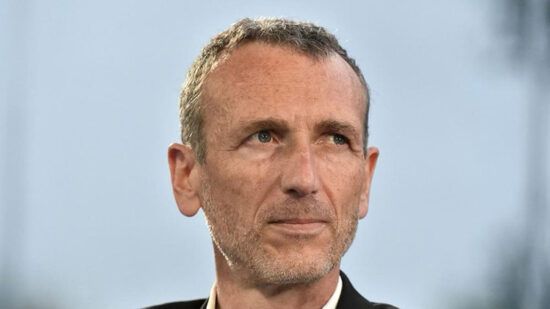At the end of last year, I learnt all about creativity in the workplace by immersing myself into the soft skills section of CISI’s ‘professional refresher’ learning platform taking the Creative Thinking course.
The importance of creativity is paramount, and is part of good governance. However, from what I have seen since I joined ESG Clarity last year, it appears to take a backbench within governance principles, especially when executive pay, diverse leadership and audits gather more attention.
CISI qualifications
As one of my former colleagues took the IntegrityMatters test a couple years back, I wanted to learn about how to foster creativity in the workplace, and most importantly, why it matters.
Although CISI is best known by major banks and financial institutions for providing world-renowned finance qualifications – with 90% of recent exam takers reporting that CISI qualifications helped their career excel – I wanted to discover what else CISI provides.
The CISI Creative Thinking course offers several interactive activities – short videos, fill-in-the-blank exercises, colourful graphs – and concludes with an end-of-module test. The test has 15 questions and a 73% pass rate, and I was happy to come home with a certificate of completion.
Overall, the course took me about an hour to complete and was relatively easy. What I particularly liked was the breadth and depth of the module. Although a lot of content was covered within the hour, it specifically targeted how financial services can apply this content, combatting the belief that creativity is solely reserved for the arts sector.
One thing I learnt was the phrase ‘kaizen’, the Japanese term meaning ‘change for the better’. Kaizen is recognised as a critical component of an organisation’s long-term strategy. It is based on the idea that continuous, steady improvement creates long-term changes over top-down or radical changes.
Implementation in the workplace
I also learnt how to think about more creative practices can be implemented in the workplace. The module provided some suggestions on how to do this, specifying that strong relationships with colleagues is the key to creating an environment where people feel comfortable to share ideas.
One clever idea was the use of quality circles to facilitate creative thinking. This is a participatory technique where a small number of employees come together to discuss problems and design solutions for improvement. These quality circles can be comprised of employees across all departments – from HR to the marketing team – with this diversity of thought enhancing the levels of creativity. This also allows a company to push creativity across all parts of the business, while communicating the idea that creativity is paramount across all divisions – not just design and marketing, for example.
So what did I learn?
At its core, creativity is the ability to consider something in a new or different way. Creativity is not something left solely to the likes of artists, authors, musicians to consider and practice, but finance professionals too. Employees must be able to question and challenge the norm, to improve traditional approaches, propose new and improved ideas, and come up with new ways of doing things.
Creativity has become particularly important in world’s ever-changing investment landscape. With new regulations enforced and technological developments, using creativity to adapt to such changes is one way companies remain competitive in the long-term.








